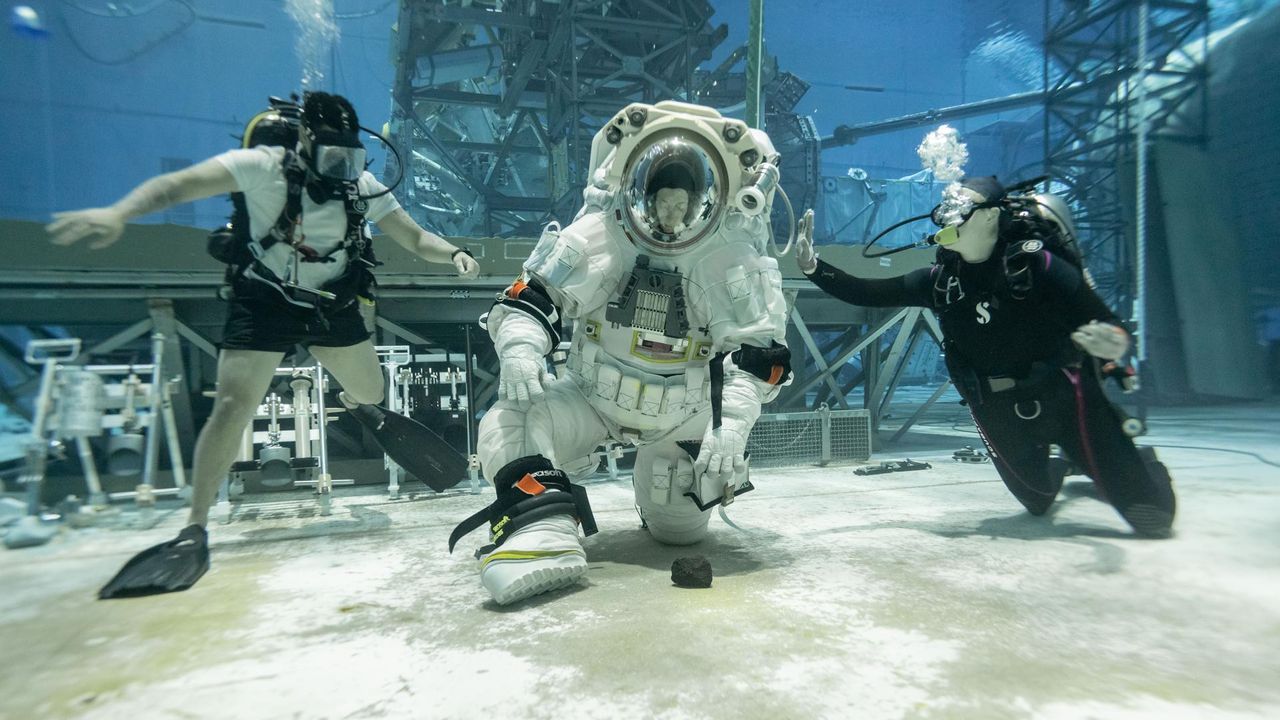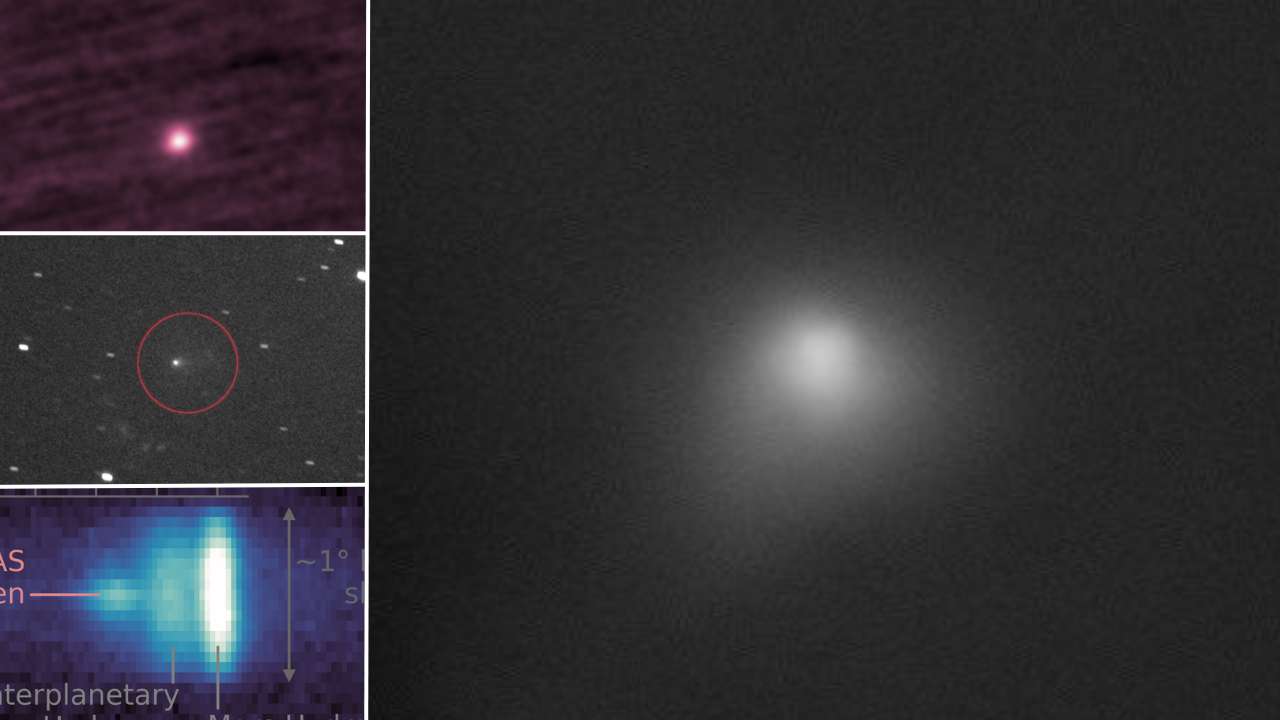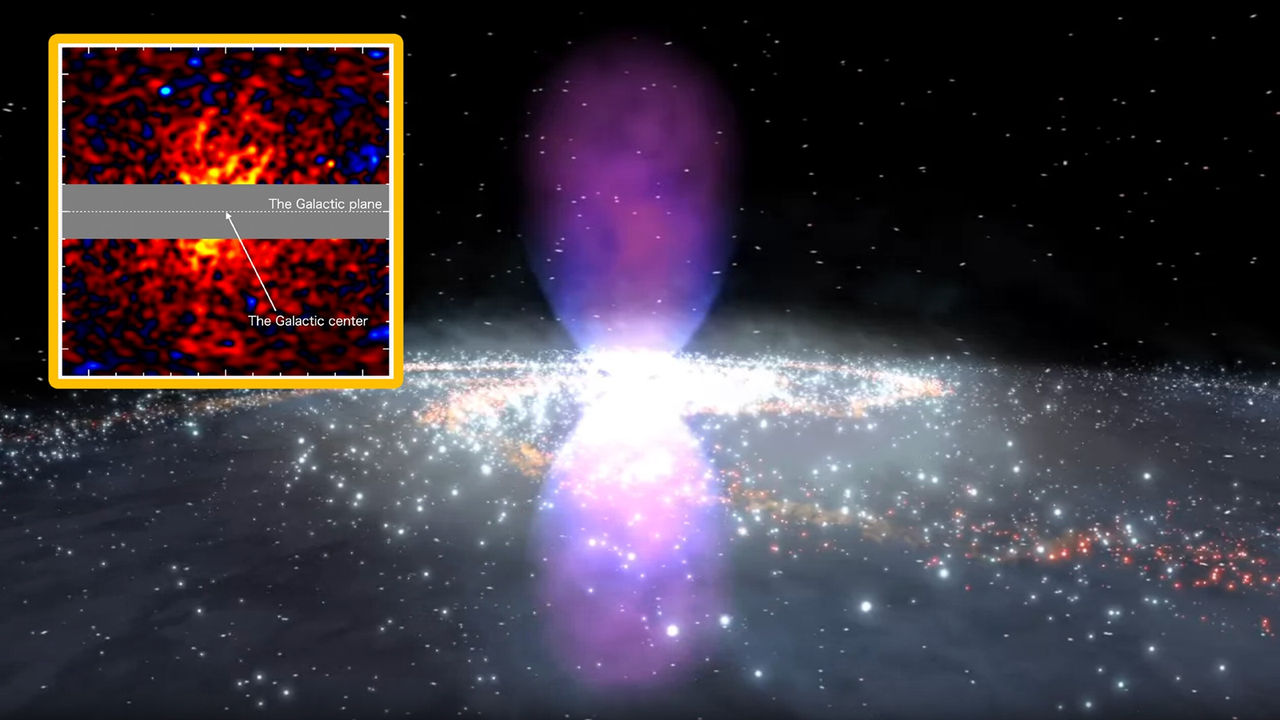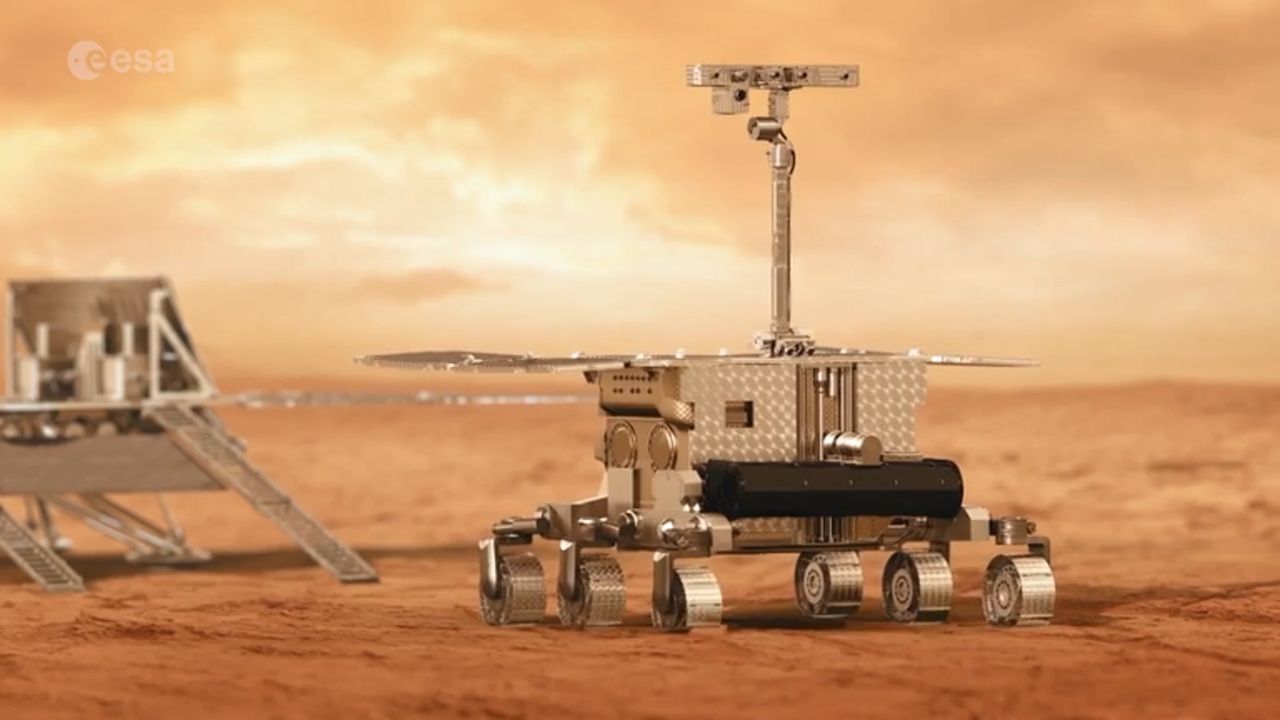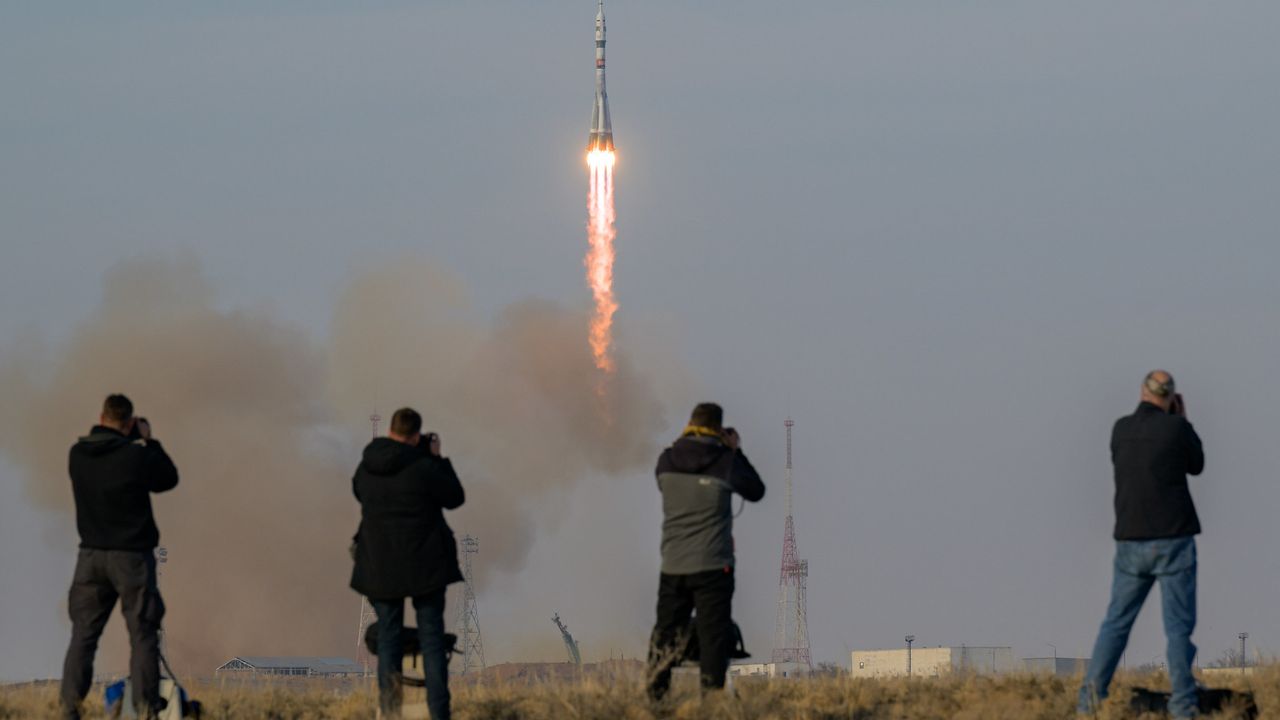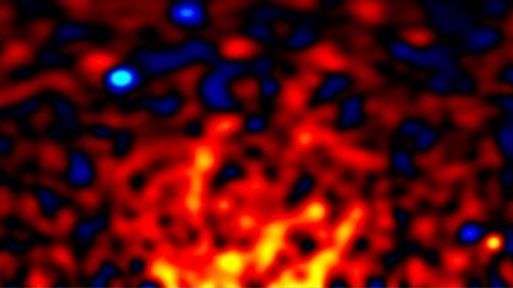NASA Recruits Mars Perseverance Rover to Monitor Sun’s Activity
PositiveScience
- NASA's Perseverance rover is currently positioned to observe the far side of the Sun as Mars passes behind it, allowing for unique solar activity monitoring. This initiative aims to enhance understanding of solar phenomena and their potential impacts on space exploration.
- This development is significant for NASA as it leverages the capabilities of the Perseverance rover, which has been instrumental in Mars exploration. By monitoring solar activity, NASA can gather data that may inform future missions and protect equipment from solar radiation.
- The rover's ongoing discoveries, including the detection of lightning in the Martian atmosphere and the identification of a potential meteorite, underscore the importance of its role in advancing knowledge about Mars and its environment. These findings contribute to a broader understanding of planetary science and the dynamics of celestial bodies.
— via World Pulse Now AI Editorial System
